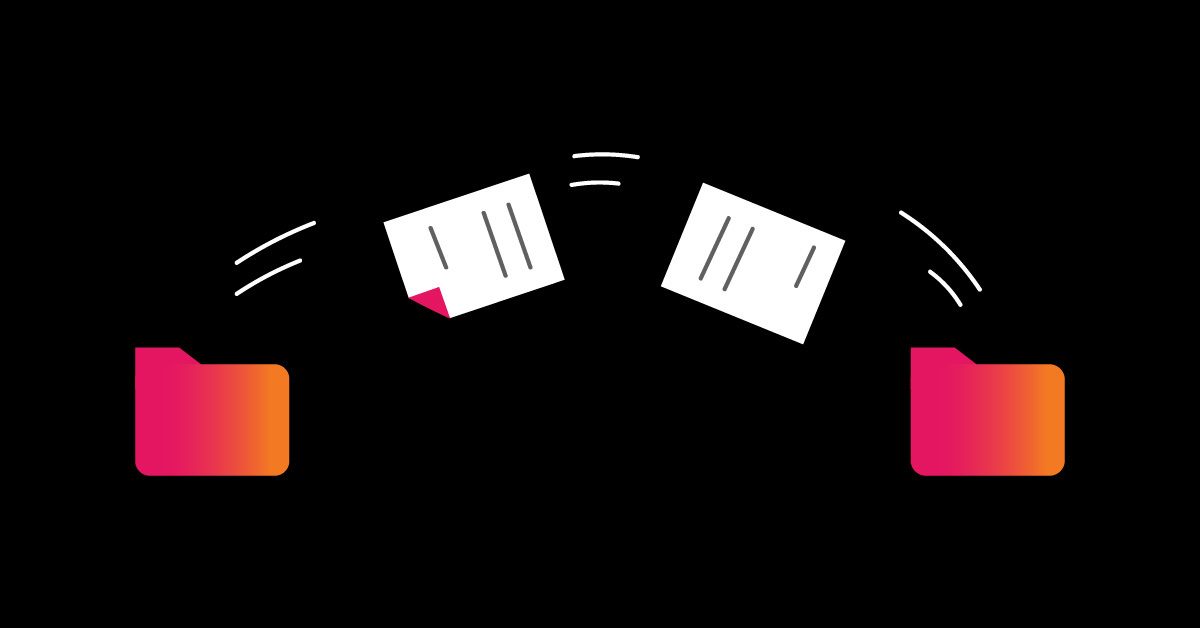
Edge DX now has File Transfer, True Multi Monitor Support and More!
Being able to transfer files to and from an endpoint device has been one of the most requested features for Edge DX – and with the release of the Edge DX 2.12 agent, this feature is now available!
Pulling logs, configurations, and other files from remote systems allows helpdesk professionals to identify and, more importantly, solve problems quickly to work on other issues. End users can resume their normal activities.
Before delving into the specifics around file transfers, however, let’s look at another significant improvement under the assist menu (Figure 1) enabled by the 2.12 agent – the ability to select a display remotely viewing devices with multiple monitors. In general, Edge DX’s ability to remote shadow and control devices has been a godsend to the helpdesk as it allows one to see and interact with a remote user’s device.

Figure 1: Assist Menu
However, in the case of a remote device with multiple monitors, the support professional must use the zoom feature to select which portion of the screens they want to see. While this method has been usable, navigating is non-intuitive and clunky. With the 2.12 agent, you can now select the monitor you want to view from the menu in the top right of the Remote Console or Remote Shadow window.
True Multi Monitor Support
With the 2.12 agent, you can now select the monitor (Figure 2) you want to view from the menu in the top right of the Remote Console or Remote Shadow window.

Figure 2: Monitor Selection
You can select the monitor you want to display from the All Displays drop-down menu. In the screen capture above, for example, the device has two Dell P4317Q monitors attached to it. Once you select the monitor, only that monitor will be displayed, making it far easier to navigate.
 Figure 3: Device Monitors
Figure 3: Device Monitors
Transferring Files
The astute observer will also note that there are Send Files and Retrieve Files buttons on the Remote Console menu bar (Figure 4).

Clicking Retrieve Files (Figure 5) lets you pull files from the remote system to your local system. In the case below, I am pulling a dump log to the Downloads folder in my local system for forensic analysis and long-term storage .

Figure 5: Retrieving Files
Sometimes you need to transfer files to a remote system and pull files from it. You can do this by clicking Send Files. This is useful for sending patches and other files that can help alleviate an end user’s problems or allow for further diagnostics on the system. It must be noted that using other file transfer protocols such as SCP, SMB, or FTP is more efficient, and there is a 100MB limit on the size of files that can be transferred. It took me over 7 minutes to transfer a 71MB file.

Figure 6: File Size Limit
While the file transfer occurs, you will see a progress bar (Figure 7) at the top of the screen. Only one file transfer can take place at a time.

Figure 7: Progress Bar
The file will be downloaded to the user’s Download/EdgeDX folder (Figure 8).

Figure 8: File Location
File transfers, like other Edge DX actions, are recorded and can be seen by looking in Device Events (Figure 9).

Figure 9: Device Events
Agent Update Improvements
To use the new monitor and file transfer features, the device must be running the 2.12 agent. We have incorporated some new techniques in the Edge DX web portal to simplify updating the agent.
On a device’s home page, under Settings, you can select (Figure 10) whether you want to update the agent automatically.

Figure 10: Auto Update Agent
Also, on the Settings page, you now have a global default agent and the ability to specify another group (Figure 11) of devices for a different agent. The devices in the second group are specified through the use of tags. The screenshot below shows that only the devices with an Orlando Office tag will run the 2.12 agent, while all other Windows devices will run the 2.11 agent.

Figure 11: Agent Selection
Being able to transfer files to and from remote devices, having genuine multi-monitor support, and specifying which Edge DX agent a group of devices will have historically been some of the most requested features for Edge DX, and they are now available. These new features further enhance Edge DX’s ability to help solve problems faster.
A video of these new features can be seen here. For more information, be sure to visit our Edge DX page or schedule a demo with a ControlUp sales engineer.